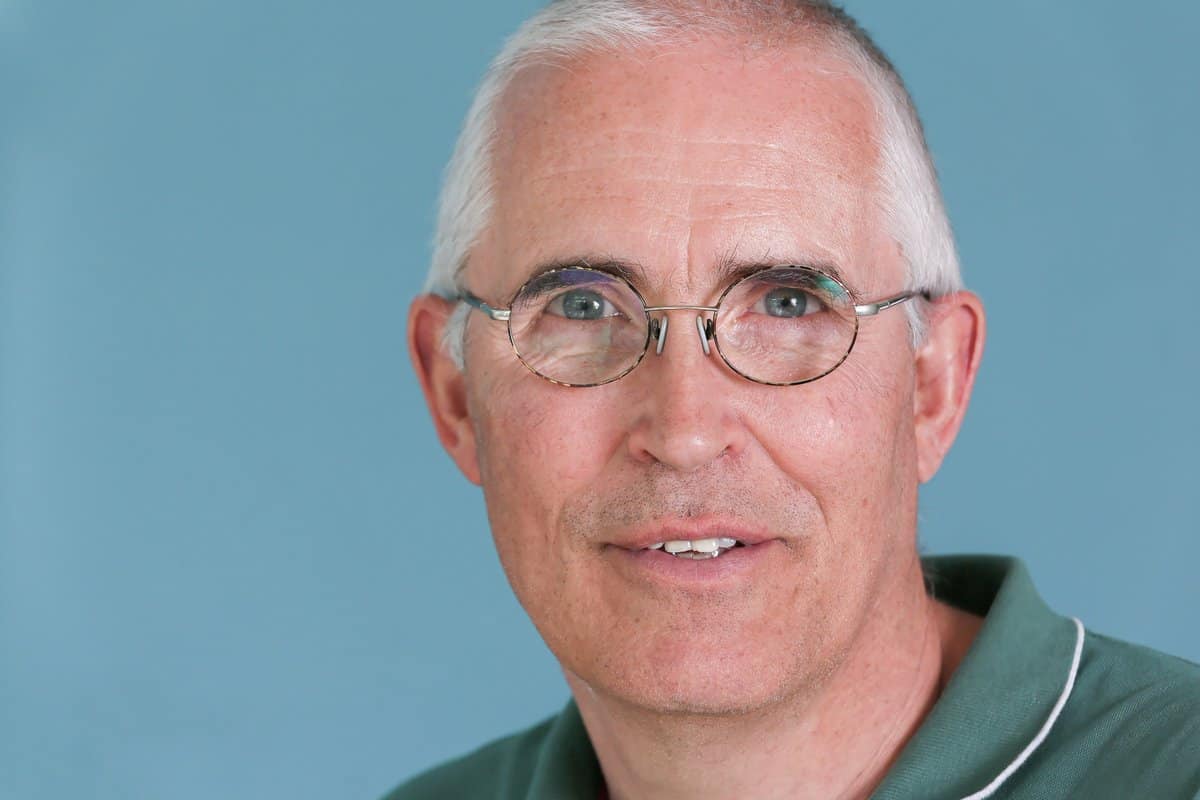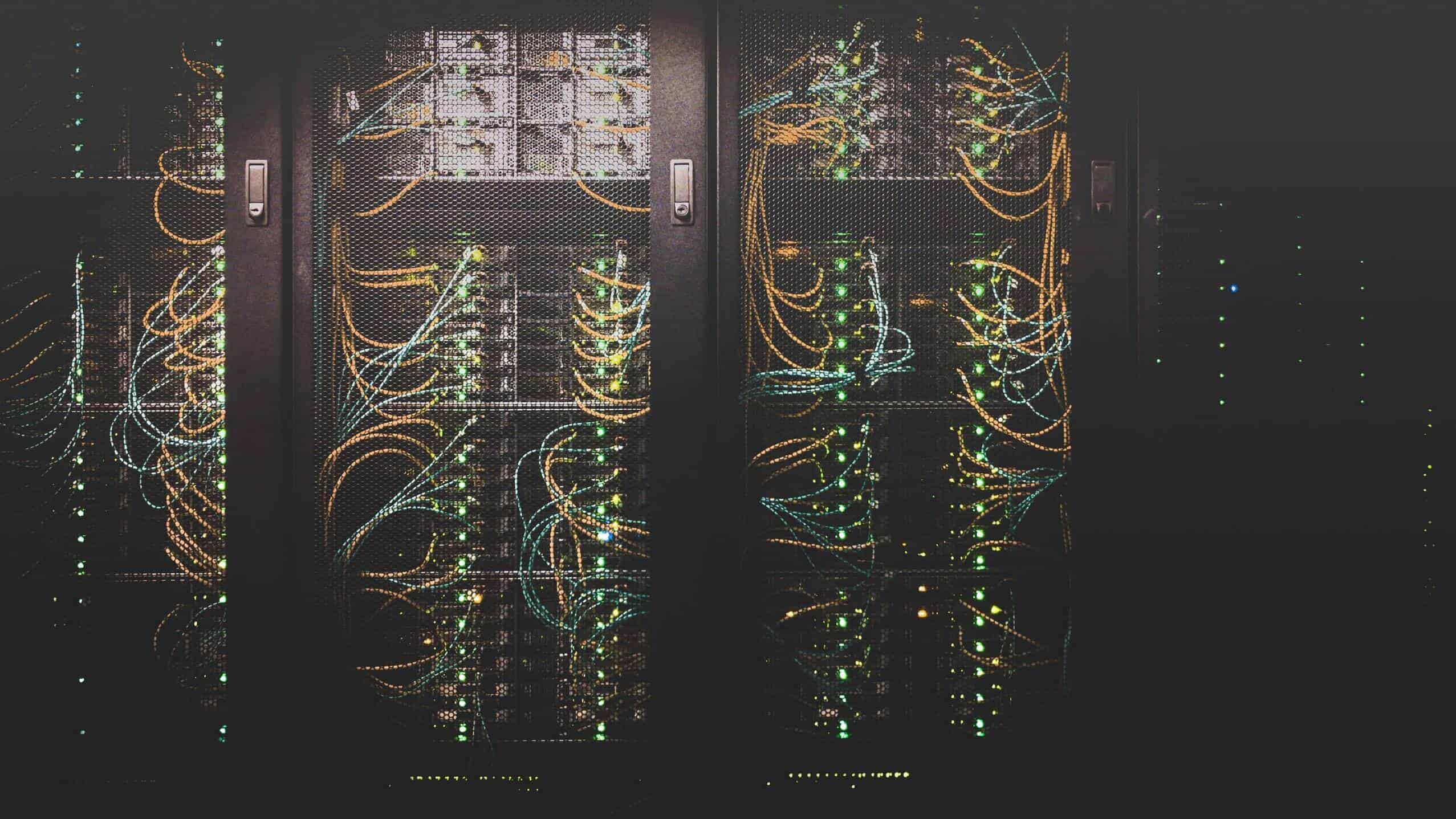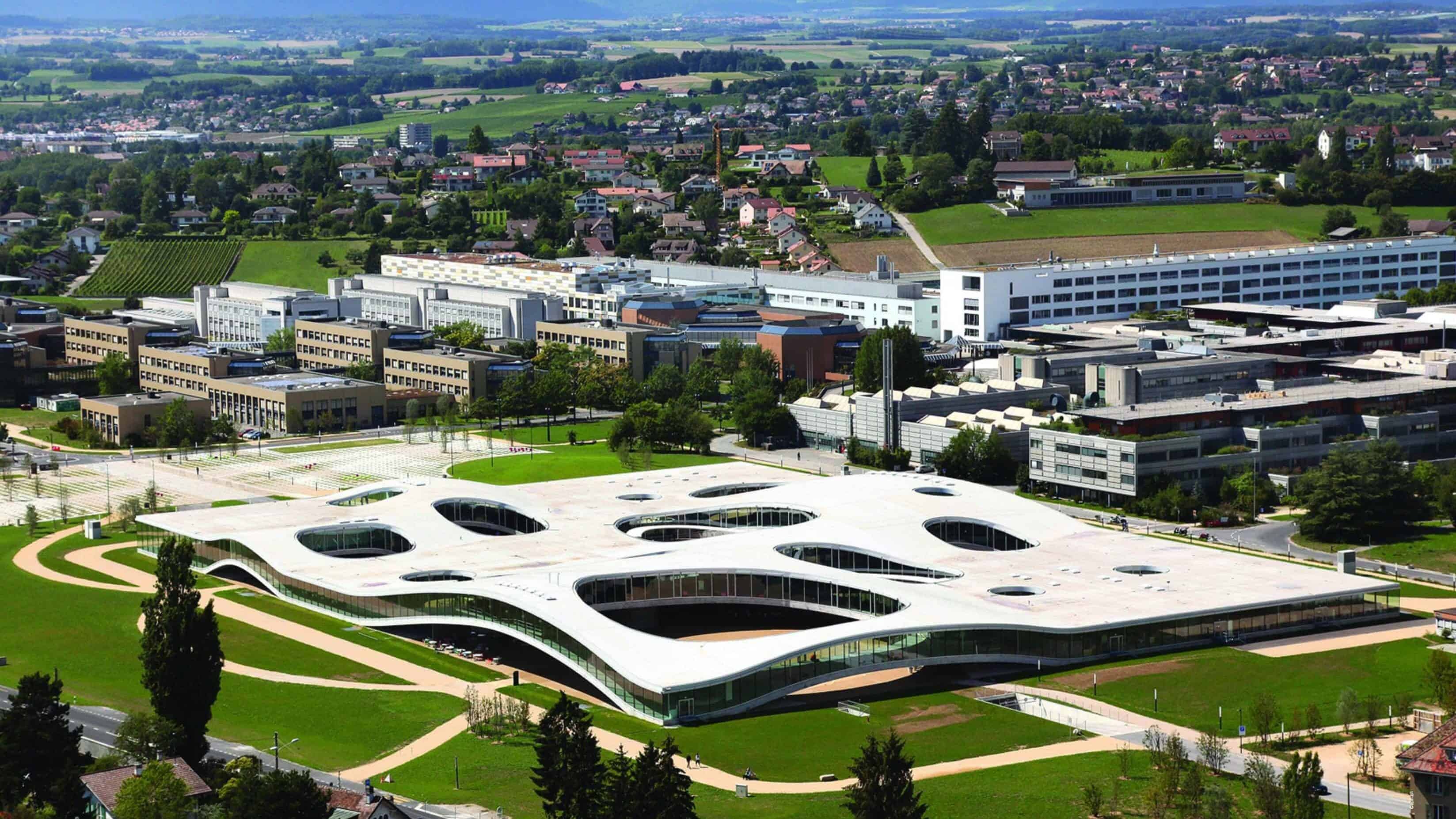In this interview, Prof. Johan Auwerx from EPFL tells us how to eat if we want to live longer, what small worms can teach us about Alzheimer and Parkinson, and how the startup Nagi Bioscience removes bottlenecks in scientific research.

Director, Laboratory for Integrated and Systems Physiology
Johan Auwerx is Professor at the Ecole Polytechnique Fédérale in Lausanne and directs the Laboratory for Integrated and Systems Physiology. This lab is focused on understanding how diet, exercise, and hormones control metabolism by changing the expression of genes. Auwerx received a dozen of international scientific prizes and is an editorial board member of several journals. He has co-founded a handful of biotech companies, including Nagi Bioscience, Carex, PhytoDia, and Mitobridge, and has served on several scientific advisory boards.
How did you become a scientist?
I’m a trained physician, I did an MD-PhD. I would have loved to combine the careers of a doctor with that of a scientist, but this wasn’t possible, so I chose to become a scientist. At the heart of my work are the basic aspects of the mitochondria. These are energy centers in the cells in our body. Mitochondria are quite universal in living beings, not just in humans.
You can study animals to learn about humans?
Yes. Our lab started to work with the worm C. elegans quite some time ago. Its genome is well conserved, which means that it has a lot of genes in common with humans. The worm is a lot cheaper and easier to work with than mice. Their use has become quite constrained.
Mice are expensive?
There are several reasons why using mice is difficult. The cost of the personnel that takes care of the animals is just one of them.
What are the other reasons why worms are easier to work with than mice?
The second reason is the ethical approval of animal tests. Scientists need to write an application and describe exactly what they want to do. Then the approval process, which has its cost, takes about 3 months. In the end, they tell you what you can do and what not. The third reason for working with worms is time. We study the effects of aging and congenital diseases. Such observations take time. One single experiment with mice can take years. This is why we want to study basic concepts in worms, which mature much faster. Based on these insights, we then do more targeted mouse studies, reducing the number of mice we use.
What is the reason why the startup Nagi was founded?
Nagi will speed up scientific discovery. Even though the worm is easy to work with, it is still quite tedious. A specialist has to sit in front of a microscope and handle the worms, one by one, dozens for every different gene you want to test. Such manual tasks are a bottleneck that slows everything down, not just in our lab, in 1500 labs globally that work with C. elegans. Nagi wants to bring these tests from a manual to a semi-industrial scale.
“Nagi will speed up scientific discovery.”
How did the idea become a reality?
I have worked closely with Laurent Mouchiroud, one of the founders. The EPFL’s presidency promotes interdisciplinary work, so we teamed up with engineers. We created a testing machine and microfluidic chips that contains the worms. By eliminating manual work, a lab can now do tests on hundreds or thousands of worms instead of dozens.
You eliminated the bottleneck.
Now Nagi can work on the next bottleneck, which is large amounts of data that its device generates. The machine takes a lot of pictures and movies of the worms’ movement, which is affected by the test you run on them. The next step is how to automate the data analysis. In soccer games on TV, statistics show how many kilometers every player ran. We want to have something similar for worms.
I was quite surprised to learn that there are genetically engineered worms that have Alzheimer or Parkinson. What is the use of that?
The worm is a very good model for muscle and nervous system, in this regard, it is very close to humans. It is also very easy to genetically manipulate. A Parkinson patient will develop discrete defects in his movements early on, and so will the worm. Nagi’s machine can already observe 12 different features of movement with imaging techniques. This is very good for documenting the process of the disease, a process we want to understand in detail. We want to be able to tell when the important turning points are when the disease becomes irreversible. Even if we work on worms, we think about the human being. Because we want to find out what kind of drug or nutrition can push these turning points farther back.
You mentioned drugs and food. What’s on a worm’s menu and how do you control it?
We can’t tell a worm to eat less steak and more salad. They eat bacteria. But we can study the effects of caloric restriction. The worms reside in microfluidic chips, and we control what goes in and out. We can count and control the exact number of bacteria a worm eats by engineering the bacteria to become fluorescent and thus easily observable. In Stanford, they even work on designing bacteria with a higher fat content to study the effect of a fatty diet on the worms.
You studied caloric restriction. What can fasting worms teach us?
Fasting or in general, limiting the amount of food intake, is very beneficial. It limits the levels of insulin and for example, the development of tumors. Cancer cells require insulin to grow. If we knock out the gene that controls insulin the worms live 2 times longer than usual.
So if I want to live longer, it’s not just about what I eat, but also how much?
Yes. The mitochondria need time to repair, because, over time, they accumulate damage. If we feed them all the time, they never get the rest they need to recover. But when you’re not eating, a process called mitophagy sets in. Damaged mitochondria get disassembled and recycled by the body. This is beneficial in the context of age-related diseases. There are several examples of traditions that promote fasting, religious or social. In Japan, for example it is customary to always leave enough food on the table to feed one more mouth. In a family of four, this corresponds to the 20% caloric restriction we study.
Do you practice what you preach?
I personally don’t eat breakfast, so my body is fasting from around 8 pm to 1 pm the next day. But I eat everything. Other people practice alternate day fasting and eat just every second day. And then you have the religious traditions of Ramadan and fasting before Easter. Whatever approach you choose, the trick is to give your mitochondria time to repair.
Let’s come back to the topic of Nagi. How close do you work together with the startup?
I’m still quite close to them even if they moved out of the lab. Their mission now is engineering, bringing the machine to a point where it works flawlessly. I see them maybe once per week and expose them to my network. I also try to educate people about the worm and its use as a model organism.
How established is C. elegans as an organism to work on?
Sydney Brenner, the biologist who received a Nobel Prize for his work on C. elegans, just passed away in April this year. He was strongly against animal testing in vertebrate models such as the mouse. I think that Nagi’s approach can reduce animal testing and improve drug development. But I wouldn’t say that there is general knowledge about how useful the worm is yet.
You have previous experience with startups. What have you learned?
Building a company is a slow process, and in the beginning, everybody is too optimistic about how long it takes. But it also gives great satisfaction. I think it is a greater achievement if you can bring a new compound into clinical trials than if you can publish a paper in Nature. As scientists, we receive public funding not just to understand things but also to improve them. We have a duty to do translational science and not just research some esoteric problem that doesn’t advance humankind.
What do you tell your students about entrepreneurship?
I encourage them to become entrepreneurs, but I also caution them that this is a tedious process. Academia is a quite forgiving environment, the industry is not. People criticize our lab because we work closely with the industry, but I see the big advantage of this that it teaches rigor. A machine, a product must work every time. If it works just sometimes, you’ll have the customer on the phone very quickly. And this is the reason why it is so important for Nagi to develop their product to the point where it will give the customer complete satisfaction.
Do you think they’ll achieve this?
I worked with Laurent Mouchiroud for 8 and with Matteo Cornaglia for 6 years. They have what it takes and they believe in what they’re doing. They’re busy with engineering work now, and we are their biology research arm if you want. By increasing throughput and with genetic mapping their tool can become even more powerful.
Written by
WITH US, YOU CANCO-INVEST IN DEEP TECH STARTUPS

Verve's investor network
With annual investments of EUR 60-70 mio, we belong to the top 10% most active startup investors in Europe. We therefore get you into competitive financing rounds alongside other world-class venture capital funds.
We empower you to build your individual portfolio.
More News
12.11.2020
The big data myth
Data is more than abundant. But instead of creating value out of this “new oil”, companies struggle to work with the data they already have. In order to change that, a completely new approach is needed, explain Prof. Anastasia Ailamaki and Lars Färnström from RAW Labs in this interview.
16.09.2019
“Startups in Switzerland have great potential”
EPFL is not only one of the best universities in the world, but also a place where promising high-tech startups are created. Verve Ventures has backed a lot of them. We visited Prof. Martin Vetterli, the president of EPFL, in Lausanne and talked about science, technology, and entrepreneurship.
07.05.2019
“Things that work aren’t interesting“
Prof. Philippe Renaud from EPFL has been labeled a “serial startup producer” but says focusing on spin-offs is bad. In our interview, he gives us a glimpse of his independent thinking.
Startups,Innovation andVenture Capital
Sign up to receive our weekly newsletter and learn about investing in technologies that are changing the world.




